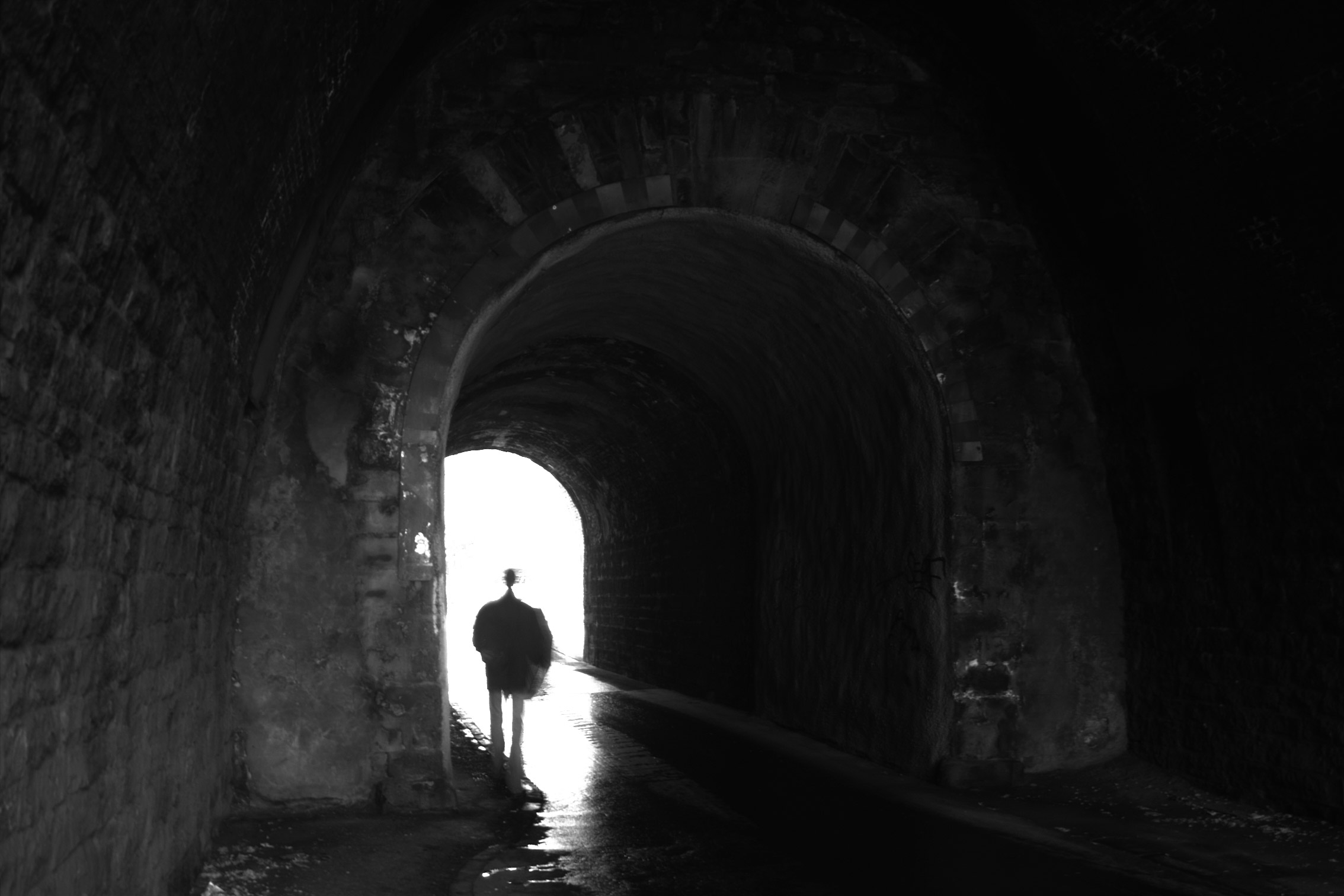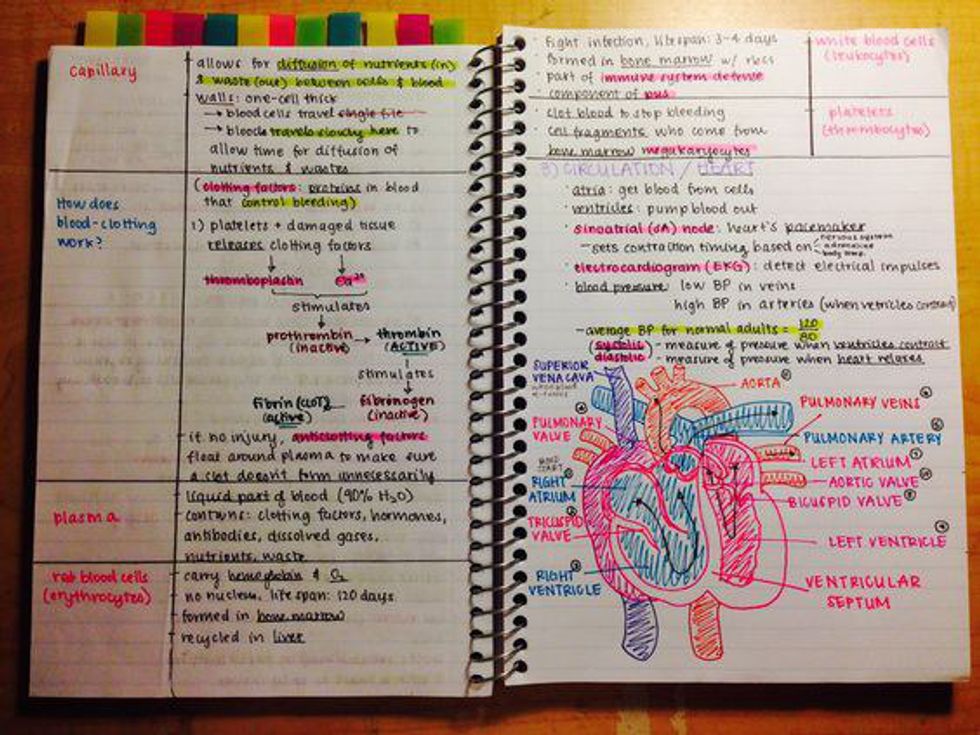Often times in movies, whenever a character is close to death and their friends or doctors are doing everything they can to stop them from dying, someone says "don't follow the light." Or when somebody comes back from almost dying from some crazy accident, they'll say they saw their life flash before their eyes, or a tunnel with a bright light at the end of it.

When somebody nearly dies or is resuscitated from clinical death, it's called a "near-death experience." Quite self-explanatory. But scientists, philosophers, doctors, religious scholars and everybody in between or outside seem to be fascinated with them. Near-death experiences can yield some of the most incredible visual, mental or mystical experiences ever witnessed by those who have been through them. Some people report seeing incredible geometric figures that seem to be from higher dimensions, flying through an almost heavenly realm of unending joy and bliss, communicating with dead relatives almost telepathically in a place away from here, or various other out of body experiences that fail to be explained by contemporary science.
It may be easy to just chalk the entire idea of a near-death, mystical out of body experience to the brain hallucinating in a time of stress or pain, yet it's not that easy; and that's why scientists are so interested in studying these phenomena. Firstly, many people who've been near death have reported seeing or experiencing the exact same things, such as places, people, feelings of bliss, love, and peace, a cessation of worry or stress, and complete annihilation of fear of death. And all of these common experiences seem to affect people in completely different cultures in different places around the globe.
Another point of interest for scientists who seek to study the phenomenon of near-death experiences is the medical impossibility of some of them. In the case of Dr. Eben Alexander, a Duke trained neurosurgeon and author of "Proof of Heaven," there shouldn't have even been the possibility for hallucination when he slipped into meningitis induced coma in 2008. According to Alexander, his medical reports and brain scans during the seven-day period he was in a coma show that his cerebral cortex was entirely shut down, the part of the brain responsible for perception, awareness and normal waking cognitive function. If Alexander's cerebral cortex, and the almost the entirety of the rest of his brain, was completely shut down, he should not have been having any dreams, hallucinations or visions while unconscious.
Yet, he reports having vivid, "realer than real" mystical out of body experiences where he traveled immaterial realms, met and spoke with God and experienced first-hand the existence of the soul, the afterlife and the true nature of life and existence. In most cases, scientists are able to dispute the reports of near-death experiences because they happen to people without intricate knowledge of the brain. Yet in Dr. Alexander's case, this mystical experience happened to someone with an extremely intricate knowledge of the brain and its functions, leading him to the conclusion that consciousness survives physical death, and the afterlife is entirely real. So, there's definitely a bit of credence to the continued study of these experiences.
There are a litany of long term affects that seem to change people who've been through a near-death experience, including things like heightened sensory perception, unconditional love for everyone and everything, being more caring and generous, less attached to material possessions and money, and a general feeling of "etherealness." None of these sound like they leave the experiencer any worse for wear. The notion of the afterlife being something tangible and real on the other side of death's door is an intriguing one and brings about a great deal of comfort. And now, we can test it scientifically. It holds the potential to change life (and the afterlife) as we know it, all for the better.









































